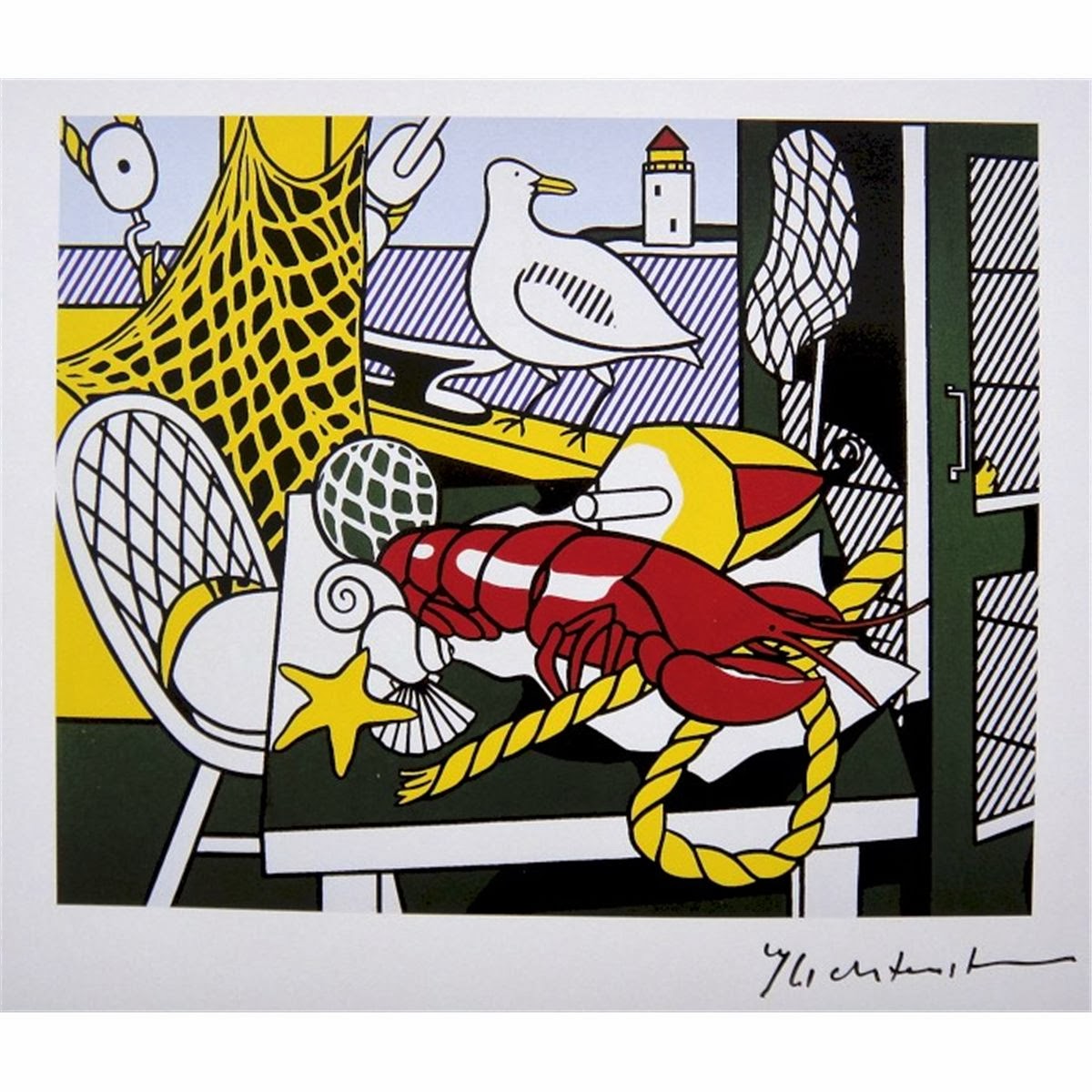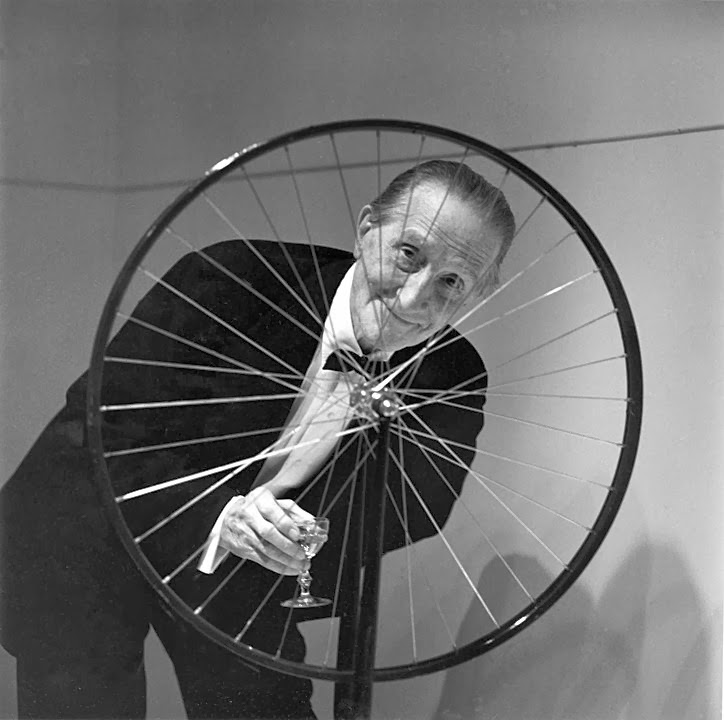Roy Lichtenstein
The first artist I found that was very interesting to me, was Roy Lichtenstein. He was a pop artist during 60’s and 70’s. He is very unique in his style and work. Because he worked in a same area in which I would like to work, I was drawn to his art once I read about him in the article. In my opinion, he is a very important artist of his time because he didn’t just produce comics, he was speaking his mind through them.
The White Tree. 1980. Roy Lichtenstein was inspired by many different artists and he liked to reproduce their work using his own techniques. This particular piece includes ideas from Der Blaue Reiter.
By this I mean to say that he used his natural talent and knowledge to express his thoughts and opinions in his comedic compositions.
“Cape Cod Still Life II”. 1982. I chose this print, one of his older pieces, since I think it’s very interesting to see what still life is through Lichtenstein’s point of view. Because it’s one of his older works, we are able to see his progression and growth as an artist.
“I’m not sure exactly why I do this, but I think that it’s to establish the hardest kind of archetype that I can.”
—Roy Lichtenstein
Marcel Duchamp
Another artist whose work intrigued me, is Marcel Duchamp. He was a twentieth century conceptual artist who liked to incorporate thinking process as one of the main parts of his pieces. He was very important in the history of art development because he one of the first few artists to approach art making conceptually and to question art itself.
“I force myself to contradict myself in order to avoid conforming to my own taste.”
The readymade(found objects and repurposed to be used in art pieces) Bicycle Wheel. It was the first one ever created kinetic sculpture.
Duchamp was frequently associated with Dadaism and artists like Henri Matisse and Pablo Picasso. But he was very different from them since he considered his work to be very thought provoking unlike works of Picasso which were retinal(didn’t require the view to think much about the piece) in his point of view.
Dulcinea(mistress) Figurative painting,1911. France.



